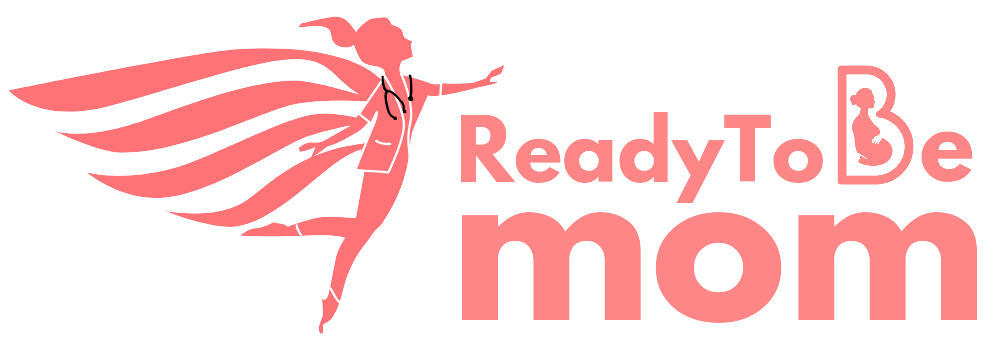The postpartum period, also known as the fourth trimester, is a time of significant physical changes for new mothers as they recover from childbirth and adapt to caring for their new-born. These changes can vary from person to person, but some common physical changes include –
- Uterus contraction – One of the most significant physical changes during the postpartum period is the process of involution, which is the shrinking of the uterus back to its pre-pregnancy size. This process typically takes about six weeks, and during this time, a woman may experience cramping and bleeding as the uterus sheds the lining that built up during pregnancy. Breastfeeding can also affect involution, as it stimulates the release of oxytocin, a hormone that causes the uterus to contract.
- Vaginal discharge – Lochia is the vaginal discharge you have after a vaginal childbirth. It has a stale, musty odour like menstrual discharge. Lochia for the first 3 days after delivery is dark red in colour. A few small blood clots, no larger than a plum, are normal. For the fourth through tenth day after delivery, the lochia will be more watery and pinkish to brownish in colour.
- Breast engorgement – Breastfeeding can also cause engorgement, a condition in which the breasts become swollen and painful due to an increase in milk production. This can be uncomfortable for new mothers and can even lead to mastitis, a breast infection that can cause flu-like symptoms and require medical treatment.
- Fatigue – Another common physical change during the postpartum period is fatigue, as caring for a new-born can be physically and emotionally demanding. Many new mothers also experience sleep deprivation due to frequent feedings and caring for their infant throughout the night.
- Increased perspiration – Increased perspiration, especially at night, is common after delivery as your body adjusts to new hormone levels after delivery. Protect yourself from getting the chills by showering and changing your clothes and change bed linens. Also, increase fluids to quench your thirst during this time.
- Incontinence – The stretching of your muscles during delivery can cause temporary loss of urinary and sometimes bowel control. Urinary incontinence may occur more frequently when you laugh, cough, or strain. Practice your Kegel exercises (pelvic floor exercises) to improve urinary incontinence. It will improve a few weeks after delivery. If it is still there months post-delivery please see your doctor
- Menstruation -If you are breastfeeding, you may not get your period (menstruate) until after your baby weans from the breast. Please be aware that although you may not get your period while breastfeeding, you can still get pregnant. If you are bottle-feeding, you will usually menstruate 6 to 12 weeks after delivery. The first few periods after delivery may be irregular. Your first period can come anytime between two and 12 weeks after delivery. For most women, it happens between six and 12 weeks. If you exclusively breastfeed, your period will likely be delayed until you give your baby solid food and other forms of milk.
Many discomforts and body changes after giving birth are normal. It’s essential to prioritize self-care and seek support from family, friends, and healthcare providers to promote physical recovery and emotional well-being during this time. With proper care and attention, most physical changes associated with postpartum recovery will resolve within several weeks or months.






